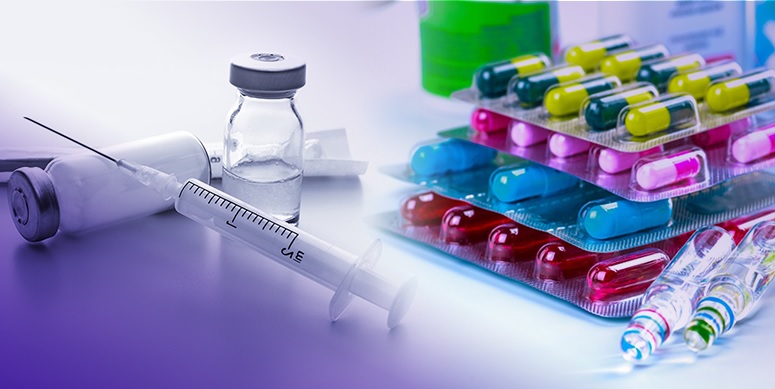
Water is a critical component in pharmaceutical manufacturing processes, used in the preparation of medicines, cleaning equipment, and as a solvent in various formulations. Given its significance, ensuring the safety of water storage within pharmaceutical facilities is crucial. The Indian pharmaceutical industry, which is a major global player, must adhere to stringent safety standards to ensure water quality and prevent contamination. Below are key water storage safety guidelines for the industry.
1. Compliance with Regulatory Standards
The first and foremost guideline is compliance with national and international standards. The Indian Pharmacopeia (IP), the World Health Organization (WHO), and Good Manufacturing Practices (GMP) offer detailed specifications regarding water quality and storage. In India, the Bureau of Indian Standards (BIS) also provides standards that ensure water is safe for pharmaceutical applications. These regulations guide the industry in maintaining high-quality water storage systems that meet the required microbial, chemical, and physical properties.
2. Water Purification and Filtration
Water used in pharmaceutical production must be free from harmful contaminants. The water storage systems should be connected to effective water purification and filtration systems to remove impurities such as bacteria, viruses, and chemical pollutants. Reverse osmosis (RO), deionization (DI), and ultraviolet (UV) treatment methods are commonly employed to achieve the required quality. Proper maintenance of these systems is necessary to prevent any potential contamination during storage.
3. Regular Monitoring and Testing
Continuous monitoring of stored water is essential to ensure that the quality does not deteriorate over time. Periodic testing for key parameters such as total organic carbon (TOC), microbial count, pH, conductivity, and endotoxin levels is necessary. Pharmaceutical facilities must implement a robust monitoring system and keep records of all water quality tests. Regular audits help ensure compliance with the prescribed safety standards.
4. Storage Tank Design and Maintenance
The design of water storage tanks plays a vital role in maintaining water quality. Tanks should be made of materials that do not leach harmful substances into the water, such as food-grade stainless steel or high-quality plastics. Tanks must be kept clean, and the design should allow for easy access for cleaning and maintenance. The storage area should be free of any contaminants, and the tanks should be properly sealed to prevent exposure to air, which could lead to microbial growth. Regular inspection and cleaning schedules should be established to avoid the accumulation of dirt and biofilms inside the tanks.
5. Temperature Control
The storage temperature of water is another critical factor in maintaining its safety. Water should be stored at temperatures that discourage bacterial growth, typically between 20°C to 25°C. Any fluctuation in temperature can encourage microbial proliferation, leading to contamination. Therefore, temperature-controlled storage units must be used, and regular temperature monitoring should be carried out.
6. Water Distribution System Hygiene
The water distribution system within a pharmaceutical facility, including pipes, pumps, and valves, must be regularly sanitized to prevent microbial contamination. The system should be designed to minimize water stagnation, as stagnant water can become a breeding ground for bacteria. Periodic flushing of pipes and disinfection is essential to maintain the integrity of the water supply.
7. Employee Training
Ensuring that staff are adequately trained in water storage safety is crucial. Employees should be familiar with water handling procedures, monitoring protocols, and the proper maintenance practices of water storage systems. Regular training sessions help minimize the risk of human error, which could compromise the water quality.
Conclusion
Water storage safety is a vital aspect of maintaining high standards in pharmaceutical manufacturing. By following these guidelines, the Indian pharmaceutical industry can ensure that the water used in drug production remains safe, pure, and free from contamination. Adhering to regulatory standards, implementing strong monitoring systems, and ensuring the proper design and maintenance of storage tanks will help safeguard the integrity of pharmaceutical products and protect public health.


